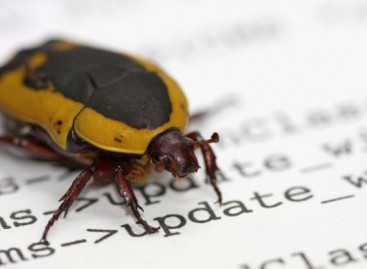- QATestLab Blog >
- QA Basics >
- Main Software Testing Techniques
Inspection is the most generally accepted static method for error identification and removal.
There are many other different static software testing methods:
- boundary value analysis
- software fault trees
- algorithm analysis
- decision table analysis
- control and data flow analyses
- finite-state machine and Petri-net modeling
In a like manner in adjunct to software testing, other dynamic, execution-based methods also exist for defect identification and removal. For instance, symbolic execution, simulation and prototyping can help us to identify and remove different software bugs on the early stages, before large-scale testing becomes a viable alternative.
But timing and performance analysis for real-time systems, accident analysis and reconstruction using software fault trees and event trees for safety-critical systems may be helpful for removing related bugs as well.
Despite the fact that these operations are significant areas of product support, they are not commonly considered as a part of the traditional quality assurance activities because of the damages already done to the clients’ applications and to the software vendors’ image.
Because of the advantages of dealing with troubles before product release instead of after product release, the main goal of these activities is to grant helpful info for future quality assurance activities.
Learn more from QATestLab
Related Posts:
- No Related Posts








No Comments Yet!
You can be the one to start a conversation.